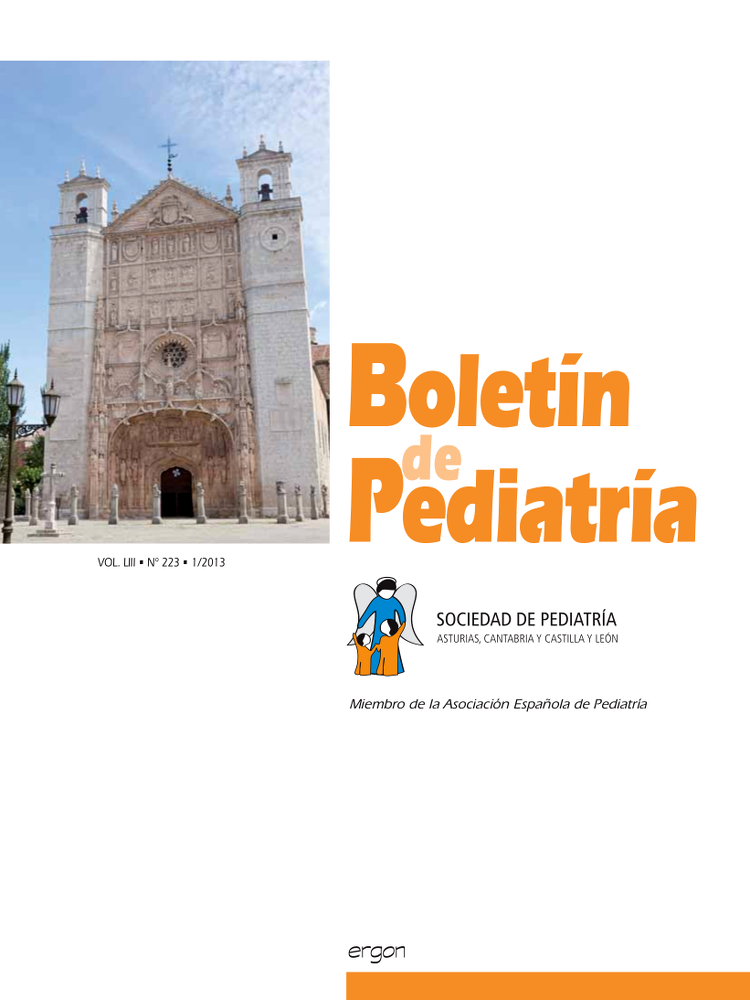Abstract
Tracheoesophageal fistulas are the most common congenital anomaly of the respiratory tract, with an incidence of 1/3,500 newborns. There are five types according to their anatomy, H being the fistula in the least frequent. This strain is not associated with esophageal atresia, so that the diagnosis is delayed.
We report a 6 year old boy with a history of late prematurity. From month and a half has episodes of regurgitation, cough and bronchospasm. The scan evidence of gastroesophageal reflux episodes without airway passage; establishing treatment with omeprazole, domperidone and home monitoring, with improvement of digestive symptoms, persisting episodes of bronchospasm. With infant suspected asthma, treatment with increasing dose inhaled corticosteroids with partial control of symptoms. Pneumonia at age 4, with subsequent exacerbation of their symptoms, choking and difficulty breathing liquids. The notes pHmetry gastroesophageal reflux disease. The evidence barium transit passage of contrast trachea and bronchi through fistulous 7 mm long and 3 mm in thickness tween anterior and posterior esophagus trachea suggestive of fistula in H. Underwent surgery, decreasing episodes of bronchospasm, without symptoms between attacks. The 4% of tracheoesophageal fistulas are in H. Its diagnosis is usually late in relation to chronic respiratory problems, acid reflux and choking spells with liquids. Generally have a good prognosis, depending on the association with esophageal atresia or other abnormalities (VACTERL).

This work is licensed under a Creative Commons Attribution-NonCommercial 4.0 International License.
Copyright (c) 2013 Boletín de Pediatría
